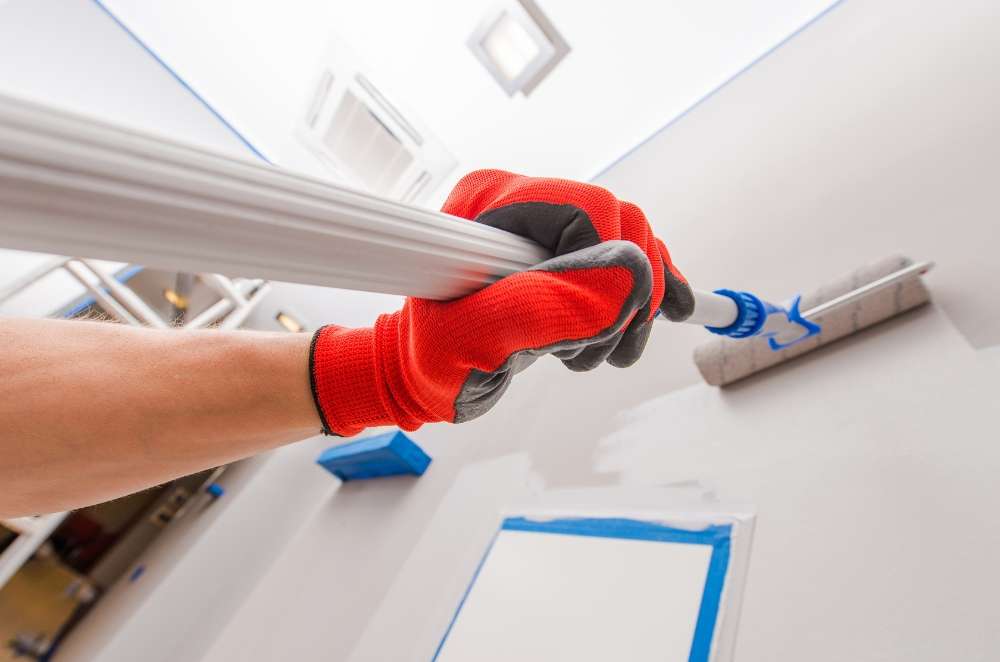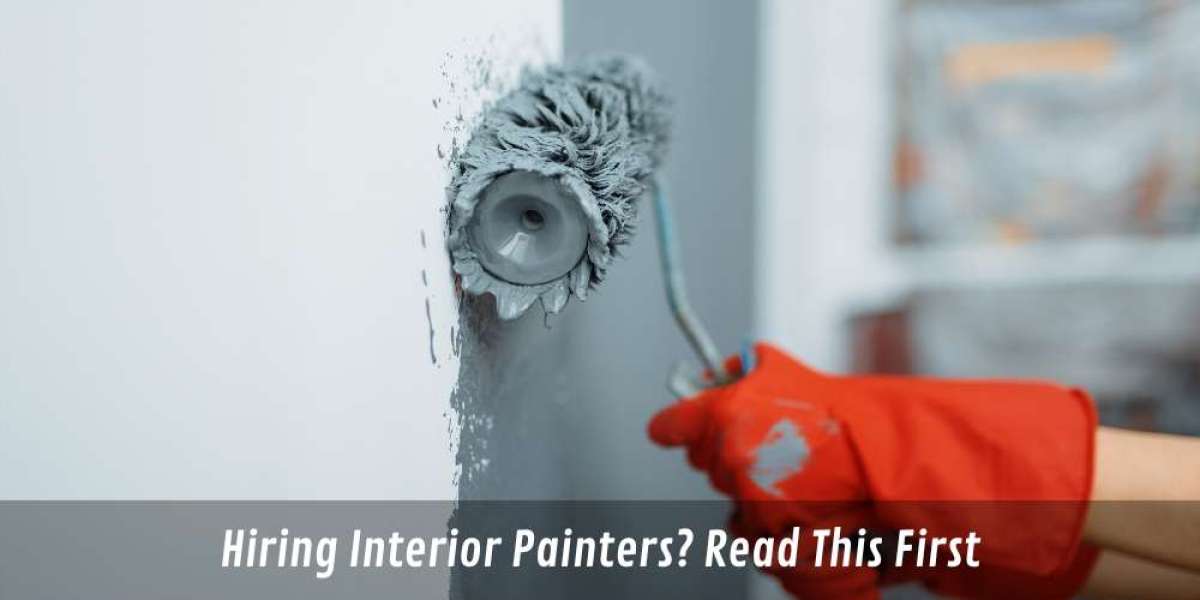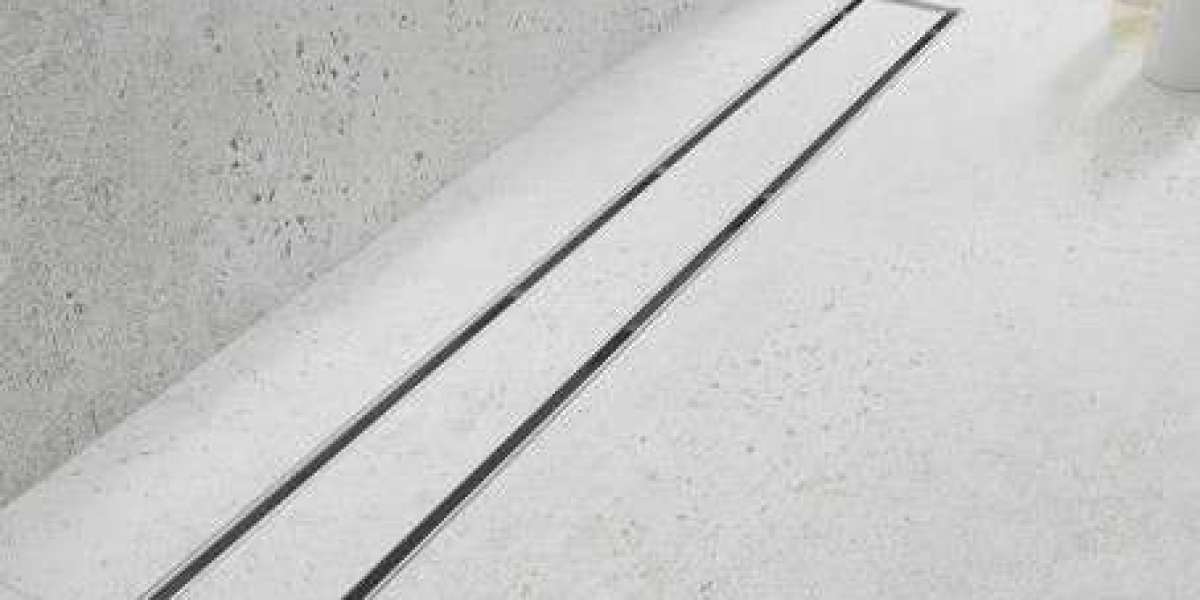Freshening up the inside of your home with a new coat of paint can do wonders — but getting it right means more than just picking colours. Many homeowners across the city are turning to trusted interior house painters Sydney recommends to ensure the job’s done cleanly, safely, and with long-lasting results. Whether you're repainting a single room or the entire interior, knowing what to expect from your painter — and what to avoid — can make the difference between a rushed finish and a truly professional result.
Professional painters do more than just apply colour
It’s easy to assume a painter’s job is mostly about brushes and rollers. But the best ones focus just as much on prep, materials, and finishing details as they do on actual application.
Here’s what separates quality painters from the rest:
- Surface prep — sanding, patching, gap-filling
- Material selection — choosing the right undercoat or finish
- Protection — drop sheets, taping, masking trims and furniture
- Consistency — even brush strokes, no roller marks
- Timing — knowing when and how long to let layers dry
Most issues I’ve seen in residential repainting come from poor prep. Even great paint can’t cover over dents, peeling, or old stains if the surface hasn’t been properly treated.
Not all painters are created equal — ask the right questions
Before you hire anyone, make sure to ask:
- Are you licensed and insured in NSW?
- Can I see recent work or client references?
- Do you offer a fixed quote or just estimates?
- What products do you use (and why)?
- How do you handle unexpected problems mid-job?
A professional painter should be happy to walk you through their process. If they seem rushed, vague, or overly eager to “start tomorrow,” that’s often a red flag.
The safety factor: What’s on your walls right now?
In homes built before the 1970s, there’s a chance your current paint contains lead. Sanding, stripping, or even applying fresh coats over it without the right safety measures can pose health risks — especially for children and pets.
That’s why reputable painters follow the lead paint safety regulations in Australia, enforced through national and state authorities.
If your property is older, don’t hesitate to raise this concern. A good painter will know how to test surfaces and use the appropriate method (encapsulation or safe removal) before starting work.
A case study: When “cheaper” became costly
A family in Western Sydney recently contacted us after hiring a budget painter they found through a community Facebook group. He offered a low rate and promised to finish in two days.
The result?
- Streaky patches under light
- Paint on switches and floorboards
- Missed trims and doors left with one coat
- No prep — just a rushed roll-over
They ended up paying twice: once for the quick job, and again to have it redone properly.
Professional painters charge what they do for a reason. Materials, time, prep, and experience aren’t cheap — but they’re worth it when you’re living with the outcome every day.
How to prep your home for painters (and save time)
Believe it or not, how well you prepare your space can make a big difference in speed and results.
Here are some simple steps:
- Clear smaller furniture or move it to the centre of the room
- Take down artwork, mirrors, and wall fixtures
- Label or remove light switches and covers if safe to do so
- Do a walkthrough with the painter and flag any damaged areas
- Discuss colour choices and sheen level in advance
Want more details? Use a prepping walls for painting checklist to make sure you’re not missing any easy wins before the crew arrives.
Don’t pick colours from a screen — trust real swatches
We’ve all been there. You fall in love with a paint colour online, order a tin, and it looks completely different on your wall.
Screens distort colour — and lighting plays a huge role in how tones show up in a space.
Ask your painter for physical swatches or sample pots you can test on your walls. You’ll quickly see the difference natural vs. artificial light can make, especially across mornings and afternoons.
Still unsure? This guide on the best paint colours for small rooms can help if you're going for a sense of space or warmth without going too bold.
Interior paint types: It’s not one-size-fits-all
Different parts of your home need different paint types. Here's a quick rundown:
- Ceilings: Low-sheen, flat paints to minimise reflection
- Walls: Washable matte or low-sheen for durability
- Kitchens & Bathrooms: Mould-resistant semi-gloss
- Trims & Doors: Gloss or satin for durability and contrast
Your painter should help you select the right finish based on lifestyle and foot traffic — especially if you’ve got kids, pets, or narrow hallways prone to scuffs.
Timeline: How long should an interior job take?
That depends on the size and condition of your home. But generally:
- One or two rooms: 1–2 days
- Full apartment or small house: 3–5 days
- Large multi-storey homes: 1 week or more
A rushed job is rarely a good one. Drying times, second coats, and cutting in all take patience. If a quote sounds too good to be true, it probably is.
What about paint smell and ventilation?
Modern paints are far less harsh than older formulas, especially water-based options. But you’ll still want to keep windows open where possible — especially in bedrooms.
Sensitive to odours? Let your painter know. Some premium low-VOC or no-VOC brands are specifically designed for minimal scent and reduced toxins, ideal for children’s rooms or allergy-prone households.

Wrapping up: Your walls deserve better
A proper paint job should last 5–10 years, depending on use, and it should make you feel good every time you walk into the room.
The right interior house painters in Sydney will take the stress out of the process, offer helpful guidance at every stage, and deliver a result you’re proud to show off.
Don’t rush it. Ask questions. Look at their work. And remember: paint is about more than colour — it’s about how your home feels.



